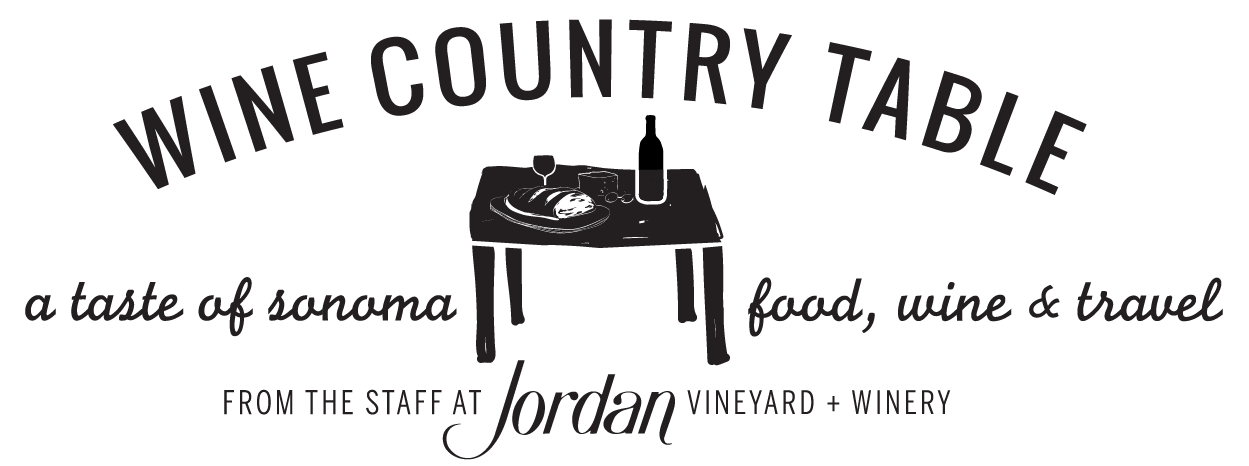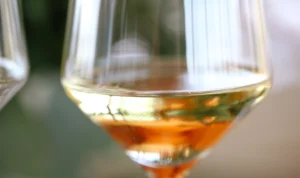
Most Popular Red Wine: Cabernet Sauvignon
When you think of iconic wines, what comes to mind? Ask any true wine aficionado and they’ll probably point to one of the most popular varietals of red wine: cabernet sauvignon.
Cabernet sauvignon is known for its complex flavors, phenomenal aging potential and rich history. It’s a truly exceptional wine – one that always deserves the spotlight. Keep reading to learn everything you need to know about one of the world’s most renowned red wines.
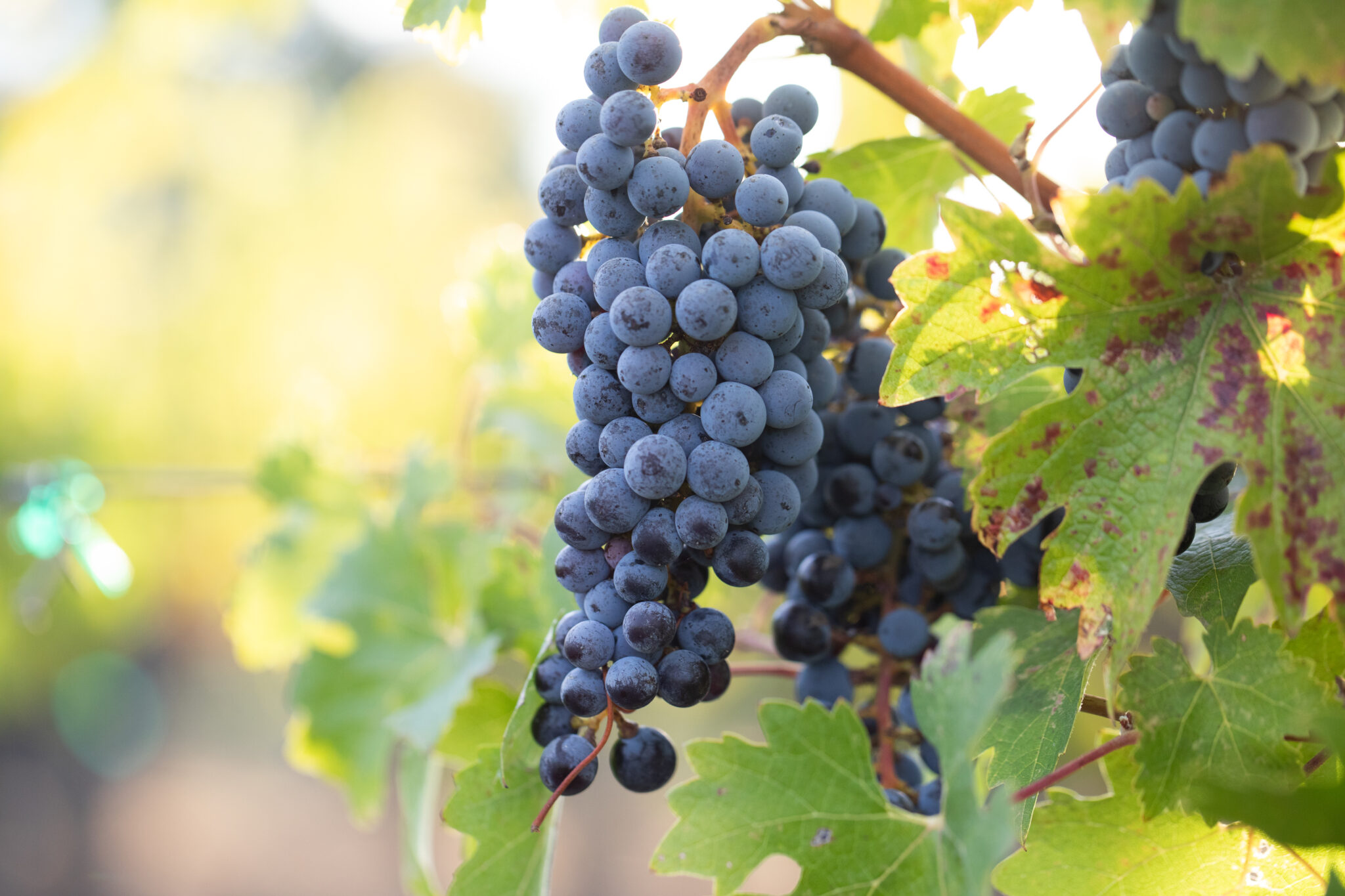
The Most Popular Red Wine: Cabernet Sauvignon
There are many popular red wines that are known to dominate the favorites lists of wine lovers everywhere – smooth merlot and elegant pinot noir, spicy syrah and acidic zinfandel. By far, however, cabernet sauvignon reigns supreme as the most popular red wine.
The proof is in the numbers – more than 800,000 acres of cabernet sauvignon grapes are grown worldwide each year, and that number only continues to grow. It’s produced on six different continents, and new vineyards continue to emerge as new producers enter the world of cabernet sauvignon. This wine is deeply beloved across the wine industry, and we don’t see that changing anytime soon.
What Is Cabernet Sauvignon?
Before we dive too deeply into this iconic wine, however, let’s pause – what is cabernet sauvignon, anyway?
If you’re still learning your way around the different types of wine, understanding cabernet sauvignon is a great starting point. This dry red wine is crafted from cabernet sauvignon grapes, which were initially developed as a hybrid from two different grape varieties: cabernet franc and sauvignon blanc. The result? A grape that has been used ever since to create some of the best red wines in the world.
Cabernet sauvignon is a robust, full-bodied wine with moderately high acidity and tannins. It ages well, and develops a beautiful complexity and depth with time.
One of the boldest red wines, cabernet sauvignon generally features notes of dark fruits, such as black cherry and blackcurrant. Depending on the style of the winemaker behind the bottle, other notes may emerge as well – rich vanilla, smoky tobacco, strong licorice, baking spices and even pencil shavings.
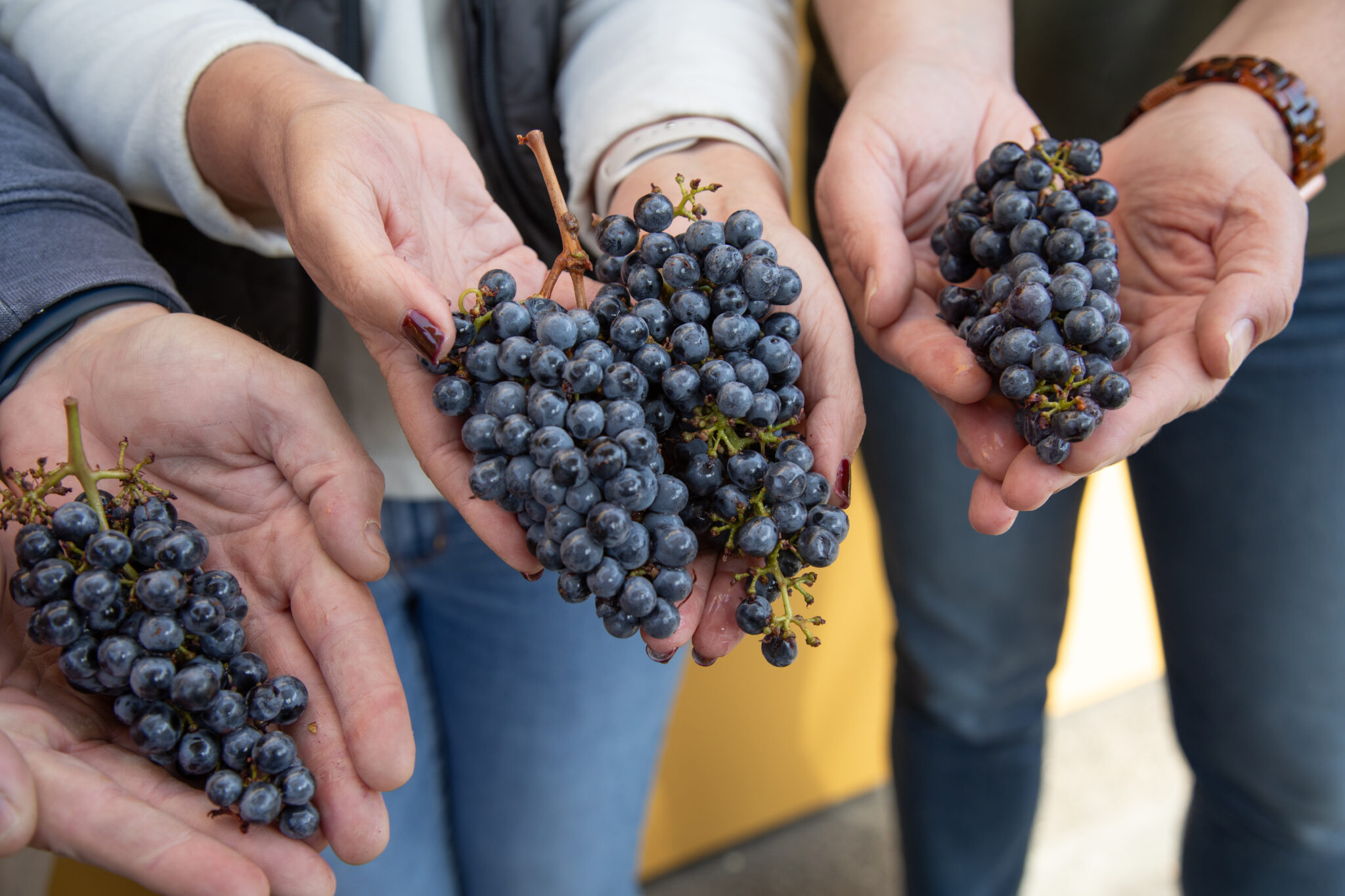
Cabernet Sauvignon: A History
Like many of the best things in life, the cabernet sauvignon is thought to have originated as a happy accident. Legend has it that the grape’s hybrid origin came from a mistaken crossing of cabernet franc and sauvignon blanc hundreds of years ago in Bordeaux, France. And if you’ve ever enjoyed a glass of cabernet sauvignon, you know – once you’ve tasted it, there’s no going back.
From the early days of French cabernet sauvignon, the grape made its way to various regions across the world. While it prefers warmer climates, today, it’s grown everywhere from France to California to Australia and South America. A best seller for many wineries, cabernet sauvignon has surpassed many other grape varieties by miles.
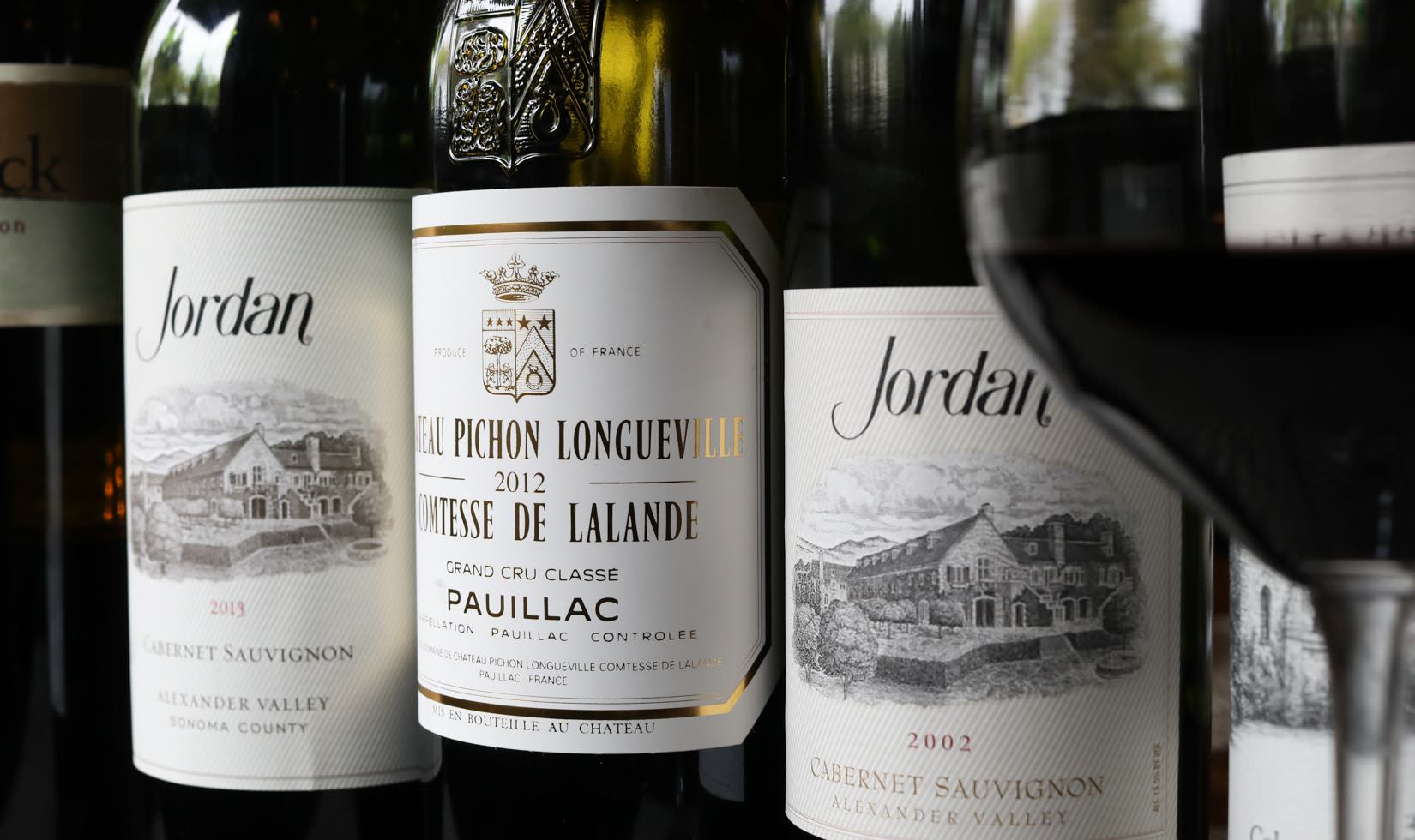
Why Is Cabernet Sauvignon So Popular?
So, what makes cabernet sauvignon so special? What is it about this dry red wine that makes it stand out above the rest?
Wine aficionados love cabernet sauvignon for its versatility, complex flavors and strong structure. A beautifully full-bodied wine, it pairs well with food, making it a staple of many tables, and is a favorite of many wine collectors for its phenomenal aging potential.
If you’re looking for a bold, elegant wine with ripe fruit flavors that stands the test of time, cabernet sauvignon will always be a great choice – and it’s this consistency that has helped cabernet sauvignon make a name for itself worldwide.
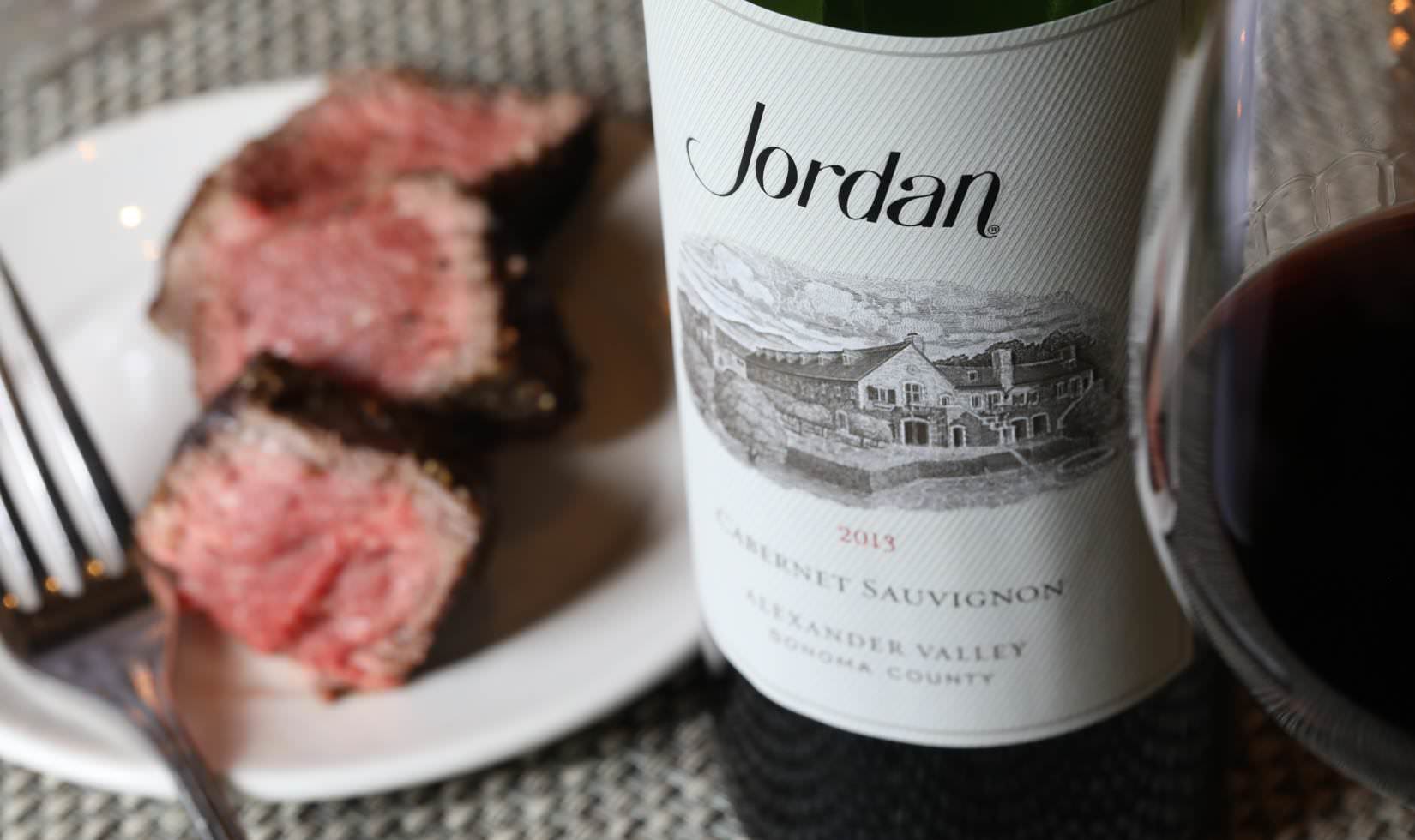
What Pairs Well With Cabernet Sauvignon?
One of the best things about cabernet sauvignon is how well it pairs with food. It’s the perfect dinnertime wine, as it can be easily served alongside a wide variety of dishes. Here are a few of our favorite cabernet sauvignon food pairings:
Cabernet and Mushroom Braised Short Rib with Leek Fondue : Cabernet sauvignon is most traditionally paired with red meat, and this braised short rib recipe features bold, savory flavors that go hand in hand with a silky glass of cabernet sauvignon. Leek fondue offers the perfect finishing touch to the meal, balancing the richness of the wine and ribs out with a smooth, creamy ease.
Roasted Beets with Egg Salad, Chives and Horseradish Cream : When looking for a wine that can handle the boldest of flavors, cabernet sauvignon is a go-to choice – and what’s bolder than horseradish, beets, Dijon mustard, Worcestershire sauce, hard boiled eggs, and chives? This recipe is an explosion of vibrancy, and nothing meets it as beautifully as cabernet sauvignon.
Spiced Tuna with Cous Cous : While fish is more often associated with white wine, don’t be fooled – when done correctly, it can pair just as well with cabernet sauvignon. The exotic spices, bitter notes of the grill and tannic olives and saffron make for an unconventional pairing that will surprise you with its incredible taste.
Tomato Fondue : Worried there aren’t enough pairings for vegetarians to enjoy a glass of cabernet sauvignon? Think again. Cabernet sauvignon pairs beautifully with vegetable-based recipes as well, which is showcased through this tomato fondue recipe. It’s the perfect choice for the summer months.
FAQs: Everything You Need to Know About Cabernet Sauvignon
Still curious? Here are a few of the most common questions we receive about cabernet sauvignon wine.
Do I need to decant my bottle of cabernet sauvignon?
Cabernet sauvignon often does best when decanted, though decanting is ultimately a matter of personal preference. Older red wines will be more in need of decanting due to the accumulation of sediment, but should be decanted for a shorter amount of time than sturdier young red wines, which can handle more air exposure.
Is cabernet sauvignon a tannic wine?
Yes, cabernet sauvignon is moderately high in tannins. However, the tannin level and texture can vary depending on several factors, including the winemaker’s style, vineyard practices, region and vintage. For example, a cabernet from Napa Valley may show bold, firm tannins, while a Bordeaux-style blend like Jordan may be more restrained and integrated. Over time, tannins can soften with age, making older cabernet sauvignons smoother and more approachable.
What are the primary tasting notes of cabernet sauvignon?
The primary tasting notes of cabernet sauvignon are black cherry, blackcurrant and other similar dark fruits. Other common tasting notes include cedar, tobacco, graphite and dark chocolate.
Enjoy World-Class Cabernet Sauvignon
With its intricate flavor profile, rich food pairing capabilities and long aging potential, cabernet sauvignon deserves a spot in every wine collection. Vibrant and dynamic yet timeless, it’s a red wine that we’ll find ourselves coming back to again and again.
Explore Jordan Winery’s online shop for rare older vintages of cabernet sauvignon and special large-format bottles—perfect for your next celebration.
